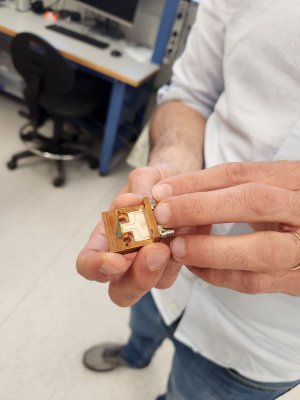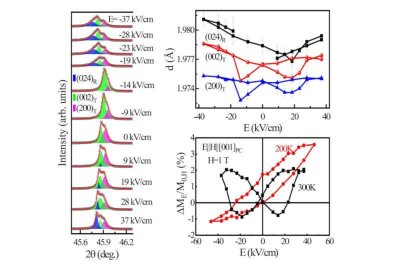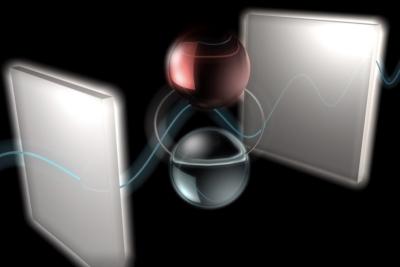Researchers report Q-silicon that could advance the integration of spintronics with microelectronics on a chip
Researchers at North Carolina State University (NCSU) have reported a new distinct form of silicon called Q-silicon which, among other interesting properties, is ferromagnetic at room temperature. The team's recent findings could lead to advances in quantum computing, including the creation of a spin qubit quantum computer that is based on controlling the spin of an electron.
“The discovery of Q-silicon having robust room temperature ferromagnetism will open a new frontier in atomic-scale, spin-based devices and functional integration with nanoelectronics,” said Jay Narayan, the John C. Fan Family Distinguished Chair in Materials Science and corresponding author of the paper describing the work.


